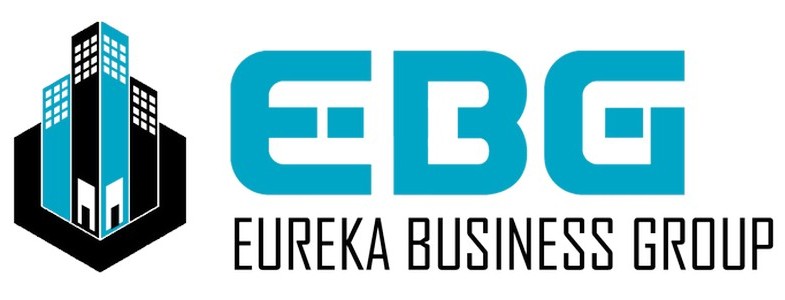- Home
- Retail
- Retail Investors Resources
- Why DFW Retail Real Estate Outperforms Other Texas Markets: A Data-Driven Analysis
Why DFW Retail Real Estate Outperforms Other Texas Markets: A Data-Driven Analysis
Why DFW Retail Real Estate Outperforms Other Texas Markets: A Data-Driven Analysis
The Dallas-Fort Worth (DFW) metroplex has consistently emerged as a powerhouse in Texas’s retail real estate landscape, outperforming other major markets like Houston, Austin, and San Antonio. Through careful analysis of market data and economic indicators, we can uncover the key factors driving this remarkable success story.
Population Growth and Demographics At the heart of DFW’s retail real estate success lies its explosive population growth. The metroplex has added over 1.2 million residents in the past decade, with an average annual growth rate of 2.3% – significantly higher than the Texas average of 1.8%. This influx of new residents has created a natural demand for retail spaces, from neighborhood shopping centers to regional malls.
What sets DFW apart is not just the quantity but the quality of its population growth. The area attracts a higher percentage of college-educated professionals compared to other Texas markets, with median household incomes approximately 12% above the state average. This demographic profile translates into stronger consumer spending power, making DFW retail locations particularly attractive to national and regional retailers.
Economic Diversification Unlike Houston’s energy-dependent economy or Austin’s tech-heavy focus, DFW boasts a remarkably diverse economic base. The region hosts headquarters for 24 Fortune 500 companies across various sectors, including technology, finance, healthcare, and manufacturing. This diversification provides a natural hedge against sector-specific downturns, ensuring steady foot traffic and consumer spending even during economic fluctuations.
Recent data shows that DFW’s retail vacancy rates have remained consistently lower than other Texas markets, averaging 5.8% compared to Houston’s 6.7% and Austin’s 6.2%. This stability can be directly attributed to the region’s economic diversity and resulting employment security.
Strategic Location and Infrastructure DFW’s central location within the United States, combined with its superior transportation infrastructure, creates unique advantages for retail real estate. The presence of DFW International Airport and Love Field provides unprecedented accessibility, while the extensive highway system facilitates easy movement throughout the metroplex.
This infrastructure advantage manifests in higher foot traffic numbers for retail locations. Shopping centers within a 5-mile radius of major transportation hubs report 15-20% higher customer visits compared to similar properties in other Texas markets. The ease of access has also contributed to larger trade areas for retail centers, with some regional malls drawing customers from up to 30 miles away.
Zoning and Development Flexibility The DFW market benefits from relatively flexible zoning regulations compared to other major Texas cities. This flexibility allows developers to respond more quickly to market demands and create innovative mixed-use developments that combine retail, residential, and office spaces.
The success of projects like Legacy West in Plano and The Star in Frisco demonstrates the power of this approach. These developments have achieved remarkably low vacancy rates (under 3%) and command premium rental rates up to 25% above market averages, setting new benchmarks for retail real estate performance.
Investment and Development Patterns Capital investment patterns reveal strong confidence in the DFW retail market. Over the past five years, the region has attracted $8.2 billion in retail real estate investment – 40% more than Houston and nearly double that of Austin. This increased investment has led to innovative retail concepts and property improvements that help maintain the market’s competitive edge.
The development pipeline also tells a compelling story. While other Texas markets have seen retail construction slow in recent years, DFW continues to support new development, with over 4.5 million square feet currently under construction. Importantly, much of this new space is pre-leased, indicating strong retailer confidence in the market.
Rent Growth and Returns Perhaps the most convincing evidence of DFW’s outperformance comes from rental rate trends and investment returns. Average retail rents in the DFW market have grown at a compound annual rate of 3.8% over the past five years, compared to 2.9% in Houston and 3.2% in Austin. This superior rent growth has translated into higher total returns for investors, with DFW retail properties delivering average annual returns of 8.5% compared to the Texas average of 7.2%.
Future Outlook Looking ahead, several factors suggest DFW’s retail real estate market will continue to outperform. Population projections indicate sustained growth, with the metroplex expected to add another million residents by 2030. Corporate relocations continue to favor the region, bringing high-paying jobs and supporting retail spending.
Additionally, the market’s embrace of mixed-use development and experiential retail positions it well for evolving consumer preferences. Projects in the development pipeline show a strong focus on creating destination retail environments that combine shopping with entertainment, dining, and community spaces.
Conclusion The DFW retail real estate market’s superior performance is no accident. It results from a powerful combination of population growth, economic diversity, strategic infrastructure, and forward-thinking development practices. While other Texas markets certainly offer attractive opportunities, DFW’s unique advantages and proven track record make it the standout performer in the state’s retail real estate landscape.
For investors and retailers alike, the data points to a clear conclusion: DFW’s retail real estate market not only outperforms today but is well-positioned to maintain its leadership position in the years ahead. As the region continues to grow and evolve, its retail real estate market looks set to deliver strong returns while providing the shopping experiences that modern consumers demand.



